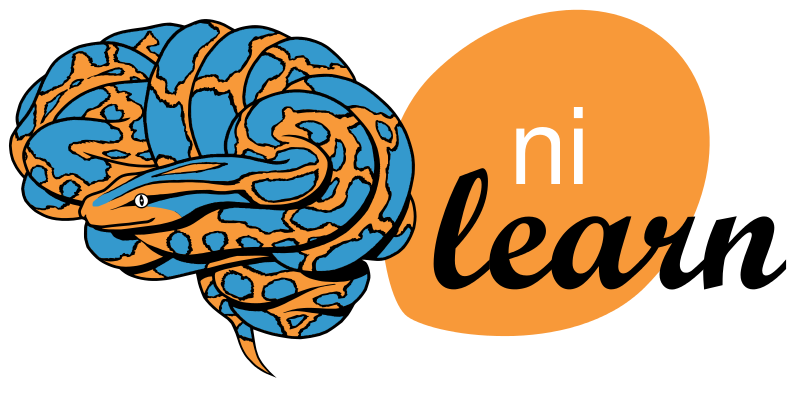Introduction#

These two tutorials will introduce you to the nilearn library to manipulate and process fMRI data, and to scikit-learn to apply machine learning techniques on your data.
It was developed for use at the Montreal AI and Neuroscience (MAIN) educational workshop in November 2021 and December 2022.
Setup#
I know how to use Python, just give me the thing#
You can download the jupyter notebook with the download icon on the top right of each page. Here’s the basic requirements you need to install:
nilearn
matplotlib
seaborn
jupyter-book
I need more step by step help….#
Note
You need to have access to a terminal with Python 3. If you have setup your environment based on instructions of MAIN educational installation guide, you are good to go 🎉
If it not already the case, here is a quick guide to install python 3 on any OS.
Clone/download this repository to your machine and navigate to the directory.
git clone https://github.com/main-educational/intro_nilearn.git cd intro_nilearn
We encourage you to use a virtual environment for this tutorial (and for all your projects, that’s a good practice). To do this, run the following command in your terminal, it will create the environment in a folder named
env_tuto:python3 -m venv env_tuto
Then the following command will activate the environment:
source env_tuto/bin/activate
Finally, you can install the required libraries:
pip install -r requirements.txt
Navigate to the content of the book:
cd content/
Now that you are all set, you can run the notebooks with the command:
jupyter notebookClick on the
.mdfiles. They will be rendered as jupyter notebooks 🎉
Acknowledgements#
This tutorial is presented by Hao-Ting Wang, and Himanshu Aggarwal.
It is rendered here using Jupyter Book,
The content of notebook was iterated based on work from the past presenters: Yasmin Mzayek, François Paugam, Pierre Bellec, Elizabeth DuPre, Greg Kiar, and Jake Vogel.
Past versions of this tutorial: MAIN 2018, Neurohackademy 2020
Introduction to fMRI is taken from: PSY3018 Méthodes en neurosciences cognitives
